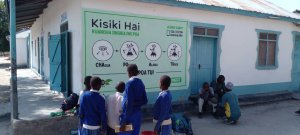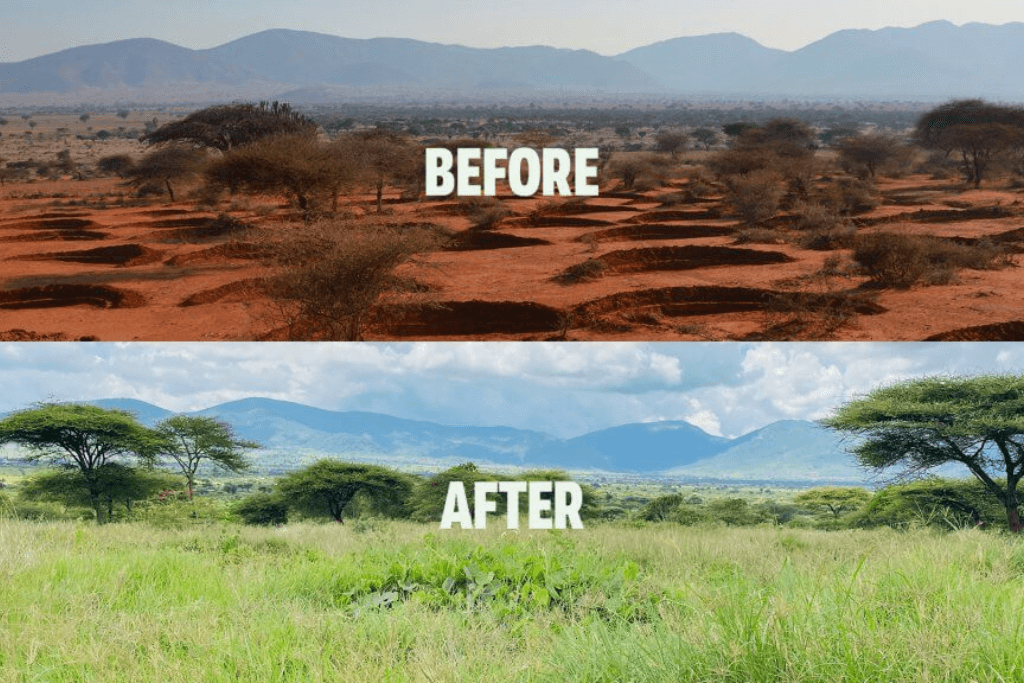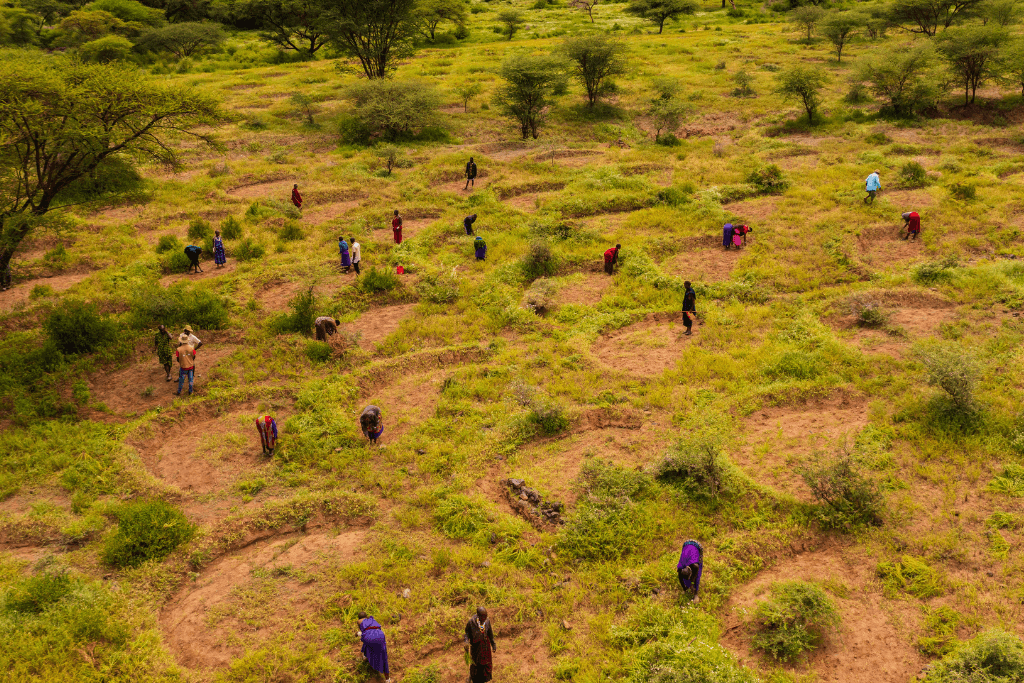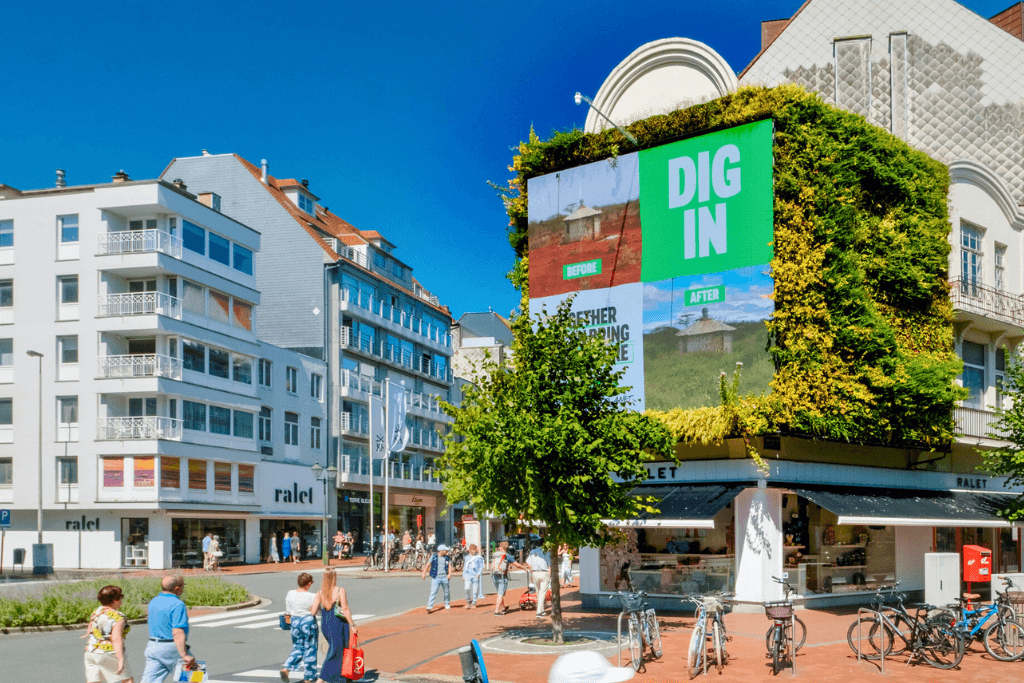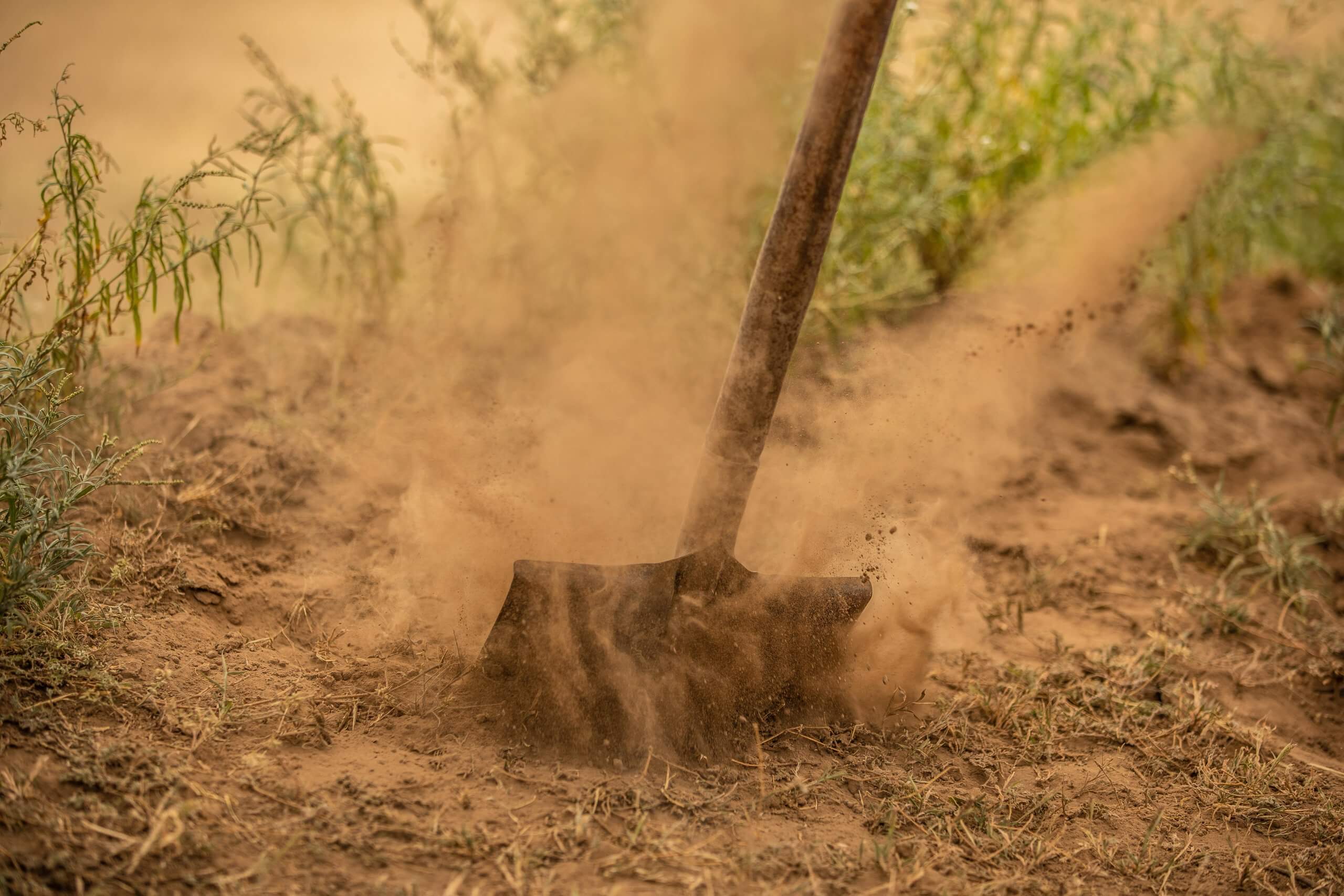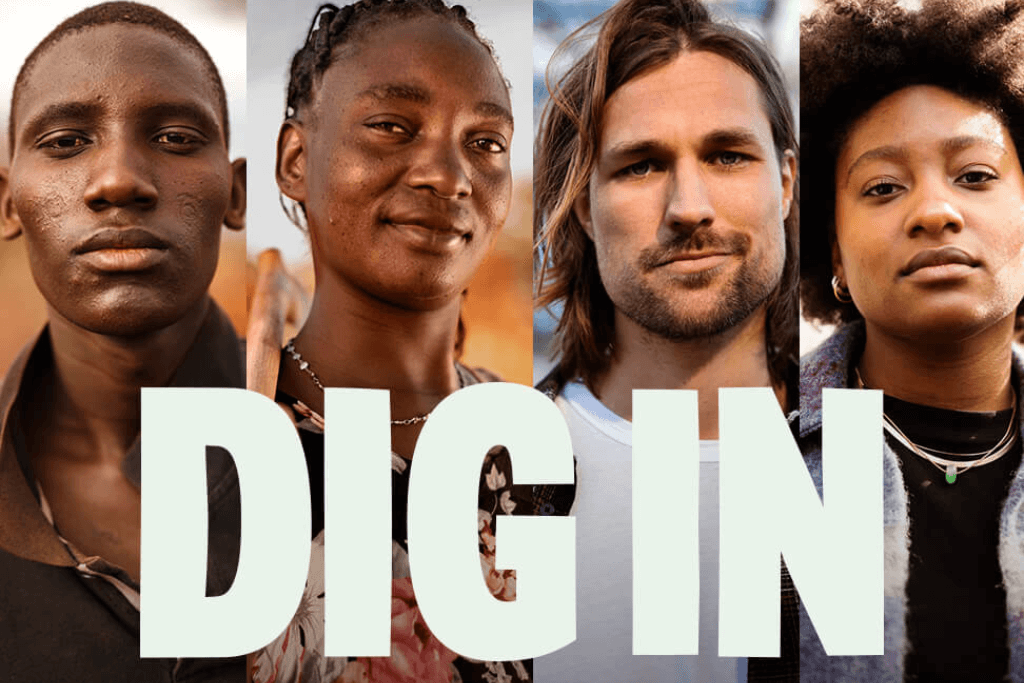How we keep the project areas lush and green
Justdiggit is dedicated to having a long-term, positive impact on the climate, biodiversity, and people. Therefore, we ensure that after applying regreening techniques, such as digging bunds and restoring trees with the Kisiki Hai method, the newly grown vegetation stays in the area. By focussing on monitoring and raising awareness about regreening, we can keep the areas lush and green. We call this phase of the projects the sustainability phase.
Sustainability follows implementation
Our projects always start out with the implementation phase, which includes the selection of a suitable region, involving local communities and the application of regreening techniques, such as digging bunds and restoring trees. It usually does not take long until we already see the first effects of regreening and recovering of the area. This implementation phase ultimately lasts for about two years. After this phase we do not just leave the newly regreened area and its communities behind but continue our work. This is when the sustainability phase kicks off. In this phase, we make sure that the newly regreened areas will stay healthy and green and do not fall victim to overgrazing. While we do not actively regreen the areas anymore, priorities are set on monitoring, frequent contact with local communities and spreading awareness.
Preventing overgrazing in Kenya
To ensure a long-lasting regreening impact in Kenya, the sustainability phase includes the development of a grazing management plan together with the local communities. This plan, for example, describes where and when grazing is allowed and indicates especially vulnerable seasons. Furthermore, we work on establishing by-laws focused on preventing overgrazing, together with the community members. In Amboseli, for example, we put the emphasis on engaging stakeholders such as grazing committees, the county government, community members and leaders in order to adopt and enforce these regulations. With a newly developed communication strategy, we also aim to raise maximum awareness of grazing management rules and the Olopololi concept among the population of OOGR. Lastly, we also offer trainings and workshops to the Maasai communities to give them the opportunity to learn how to keep the areas healthy and green.
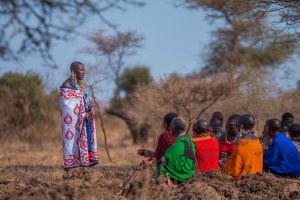
Raising awareness with help of communication in Tanzania
In Tanzania, we mostly use the Kisiki Hai technique to bring trees back to life and regreen an area in this way. After the implementation of this regreening intervention, we predominantly stay in contact with local communities and spread awareness through different media channels. Examples are murals showing the different steps of Kisiki Hai, the SMS service via which farmers receive tips and tricks about regreening, and radio programs. In addition, the farmers receive extra training on how to keep their lands green and fertile.
